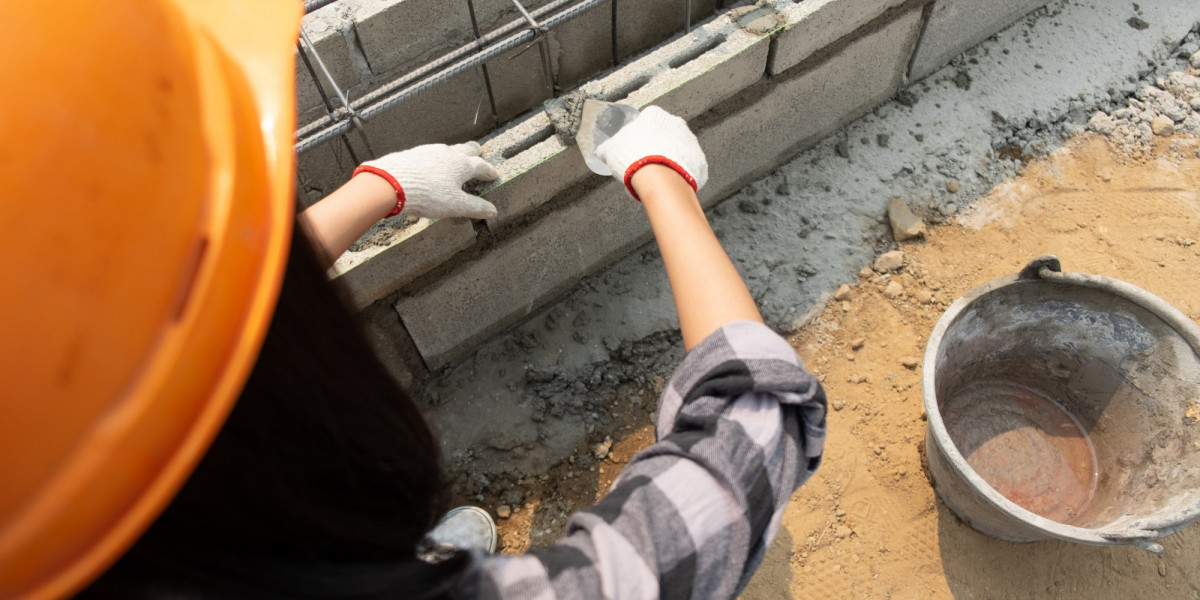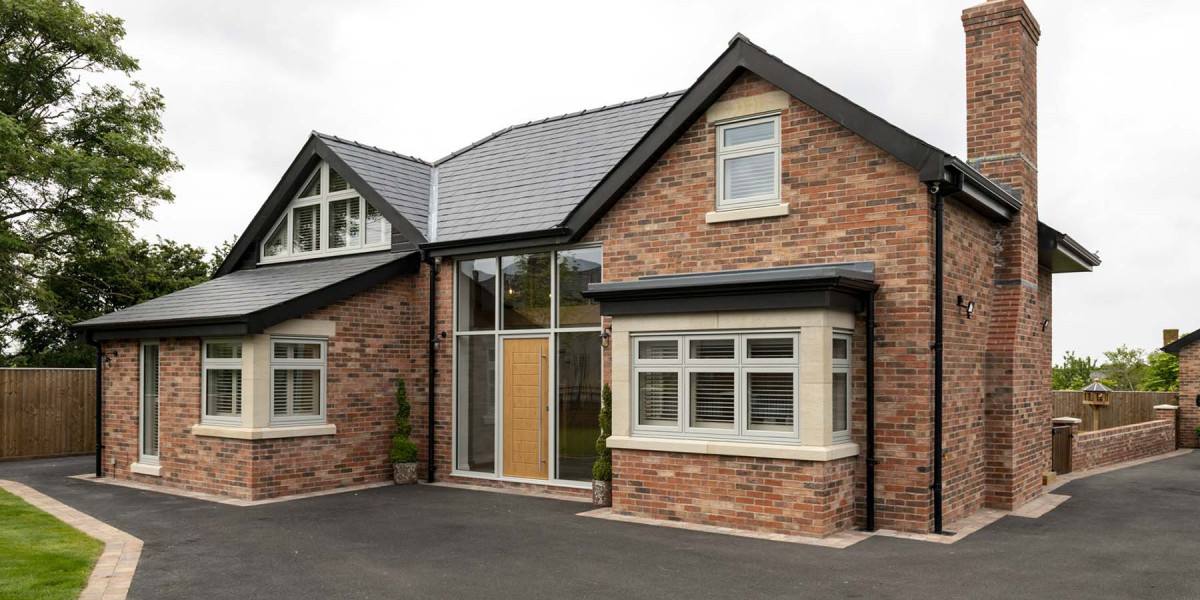Your home is more than walls and a roof it’s built on its foundation, and when that starts to misfire, the effects can ripple through the entire structure. From cracks in walls to doors that don’t close properly, even small issues can signal something deeper. This blog will shed light on early warning signs, common causes, and why prompt action is essential to avoid costly damage.
Why Foundations Fail
Even a well-built foundation can falter under pressure. Here are the main culprits:
Expansive clay soil — prevalent in our area, this soil type expands when wet and shrinks when dry, pushing and pulling on your foundation.
Water intrusion — poor drainage, blocked gutters, or leaking pipes can saturate soil and destabilize foundations.
Construction issues — if soil wasn’t properly compacted or reinforcements were inadequate, the foundation may shift prematurely.
Natural settling — newly constructed homes settle slightly, but uneven settlement can cause cracks and structural issues.
Recognizing the Warning Signs
Some signs are subtle—but when added together, they paint a clear picture:
Horizontal or zig-zag cracks in basement walls
Slight door/window misalignment or sticking
Gaps appearing between walls and ceilings
Uneven or lopsided floors
Sagging wood floors or popping floorboards
These signs are your home’s way of asking for help listening early can prevent major trouble.
Repair Strategies That Work
Foundation repair is not a one-size-fits-all solution. Here’s how professionals typically tackle the problem:
Pier systems — steel piers are drilled deep into stable soil, lifting and supporting the foundation.
Slab lifting — foam is injected under sunk slabs to level them without tearing up concrete.
Wall anchors/bracing — reinforced steel or carbon fiber supports are added to bowing foundation walls.
Drainage upgrades — French drains or regrading help prevent future water-related damage.
Why DIY Isn’t Enough
You might consider patching cracks yourself, and while that can help with appearance, it won’t fix the underlying structural issues. Proper repair requires technical expertise, certified materials, and robust warranties something only professionals can offer.
What to Expect During Repairs
Here’s what a repair day usually looks like:
Site evaluation to diagnose foundation movement
Detailed proposal outlining methods, timeline, and cost
Foundation repair work, which might involve piers, foam, or bracing
Cleanup and finish, with restored soil grading
Post-repair walkthrough to explain future maintenance
Most foundation repair jobs are completed in days, not weeks.
Keeping the Problem from Returning
After repairs, stay vigilant with:
Clean gutters and extended downspouts
Proper soil grading around your home
Regular basement inspections for leaks or cracks
Tree placement and root management
Proactive steps keep your foundation strong for the long haul.
Conclusion:
Water, shifting soil, and installation errors don’t have to compromise the heart of your home. When you see signs of trouble, trust expert foundation repair in St. Louis to bring stability and peace of mind back into your haven.








